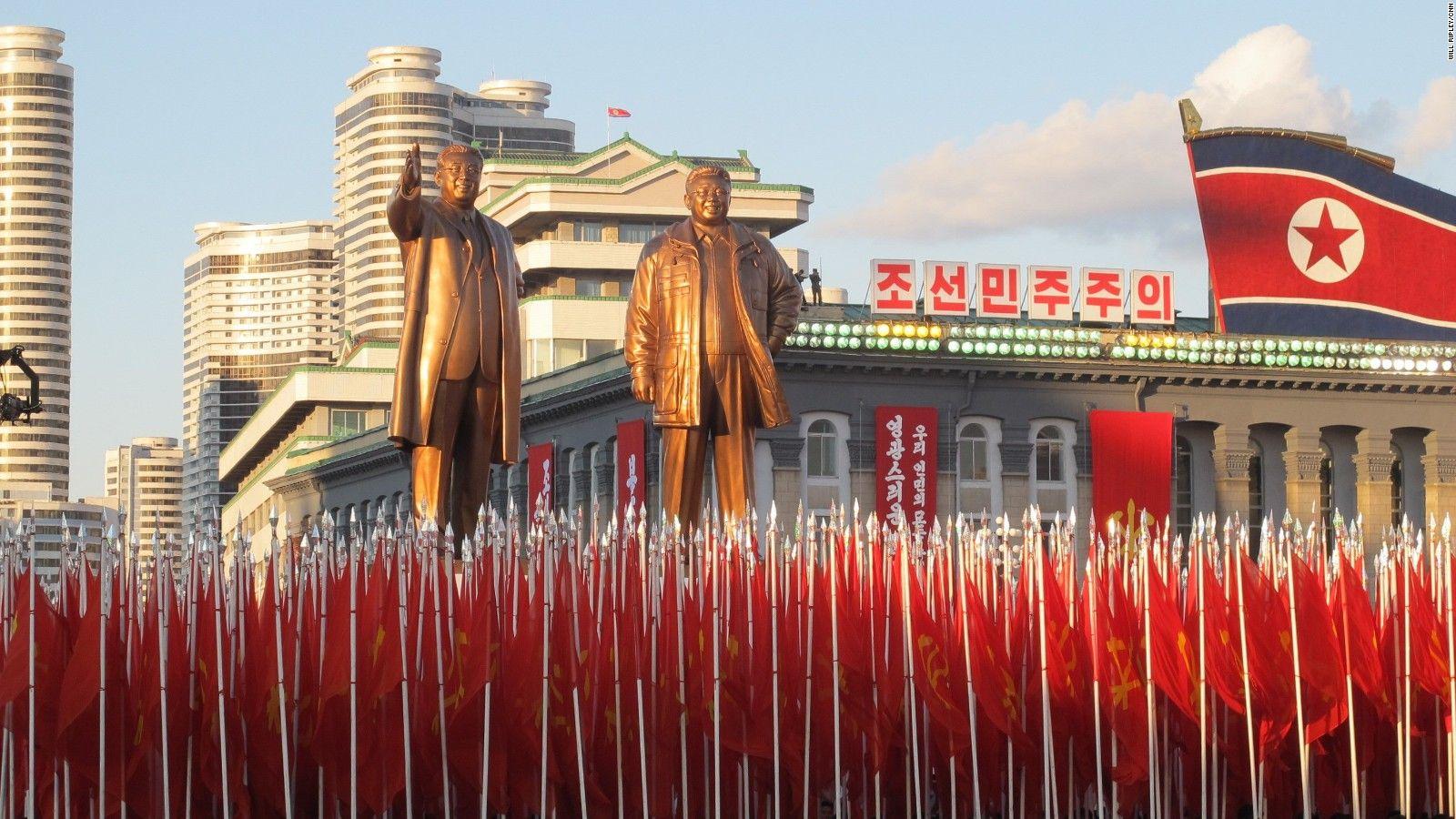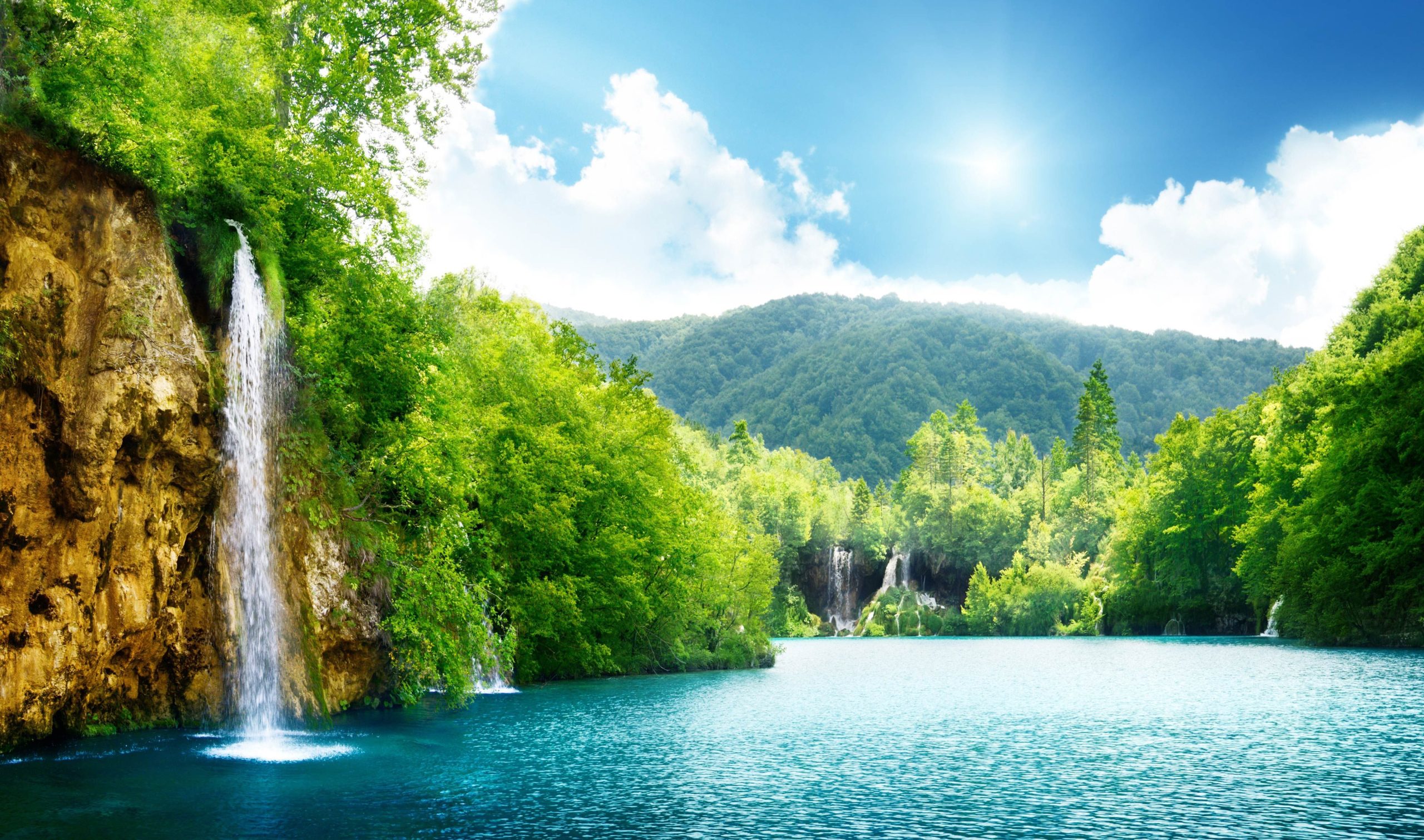Category: City
Spain

Spain is one of the most beautiful places in the world. It is a country in Europe’s far southwest, Spain is a continent unto itself. Sharing the Iberian Peninsula with its smaller neighbor Portugal, Spain occupies over 85% of the peninsula.
Famous for its rich history, beautiful landscapes, majestic architecture, and cosmopolitan cities, Spain is a popular tourist destination. The country has a wide variety of landscapes and cultures. The Meseta, a vast central plateau a mile above sea level, forms its backbone. Traditional uses include herding cattle and growing grain.

In addition, it was in this rural area that Don Quixote, written by Miguel de Cervantes. This is famously tilted at the tall windmills that can still be seen in a few locations. Catalonia, a mountainous region, and the hilly coastal plain of Valencia may be found in the country’s northeast, together with the large valley of the Ebro River.
The Cantabrian Mountains are located in the region’s northwest, and they are a rough mountain range with steep peaks and thickly forested, rain-soaked valleys. Overlooking this valley lies the snowcapped Sierra Nevada, and to the south are the citrus orchard-rich, irrigated regions of the Guadalquivir River, made famous in the poetry of Federico Garca Lorca and Antonio Machado.
Furthermore, the country’s southern region is a desert, an extension of the Sahara made famous in the United States by “spaghetti western” films of the 1960s and 1970s. The mild climate of the southeastern Mediterranean coast and the Balearic Islands, replete with palm trees, rosemary plants, and other tropical vegetation, attracts millions of tourists and retirees each year, many of them from northern Europe.
Some places to visit in Spain
Alhambra
Rising above the present lower town, the Alhambra and the AlbaycÃn, are perched on two nearby hills. They compose the medieval section of Granada. The exquisite gardens of the Generalife may be found to the east of the Alhambra fortress and house; this was the country residence of the emirs who dominated this portion of Spain in the 13th and 14th centuries. A great deal of Moorish vernacular architecture survives in the Albaycn residential sector. Thus, a place where it merges in harmony with the more typical Andalusian style.
Due to its long history of continuous occupation, Alhambra is the only palatine city from the Islamic era that has survived to the present day. In terms of architecture and decoration, it is the finest surviving example of Nasrid art. The vegetable plots in the Generalife Garden are one of the few examples of agricultural productivity in the Middle Ages.

Located in the heart of the city, the Albayzn neighborhood is a testament to Moorish town planning and design. The Nasrid buildings and Christian-era structures exist side by side in harmonic coexistence. Such as the comparatively modest Moorish and Andalusian-style homes that litter the city’s narrow alleys and small squares are a major part of what gives the area its medieval character.
Moreover, the Palace of Carlos V, located within the Alhambra complex, has two museums: the Alhambra Museum and the Museum of Fine Arts of Granada. After that, you can visit the cathedral, Realejo, Sacromonte, and the House Museum of Federico Garca Lorca, among many other attractions. Granada’s iconic San Nicolás viewpoint (or any of the city’s overlooks) is a great place to watch the sun go down over the Alhambra, and no trip to the city would be complete without making the pilgrimage there.
Tower of Hercules

Since the late 1st century A.D., when the Romans constructed the Farum Brigantium, the Tower of Hercules has stood as a beacon and landmark. It is at the entrance to La Corua harbor in northwest Spain. The Tower sits atop a 57-meter-tall rock and rises another 55 meters; its original Roman masonry is responsible for 34 of those meters, while architect Eustaquio Giannini added another 21 during a restoration in the 18th century. There is a small rectangular Roman structure just next to the Tower’s base. In addition to the Iron Age rock sculptures at Monte dos Bicos, a sculpture park and a Muslim cemetery are there. Digs in the 1990s uncovered the building’s Roman underpinnings. The Tower of Hercules is the only Greco-Roman lighthouse to have survived in any significant part, and its preservation has inspired several legends dating from the Middle Ages to the 19th century.
Barcelona, Spain
Barcelona’s abundance of unique entertainment options will have you coming back again and again. Overlooking the Mediterranean Sea, and famous for Gaudà and other Art Nouveau architecture, Barcelona is one of Europes trendiest towns.
Furthermore, its a center of emerging trends in the world of entertainment, fashion, and gastronomy. It takes pride in preserving regional customs while also showcasing the innovative spirit of its artists and designers. The charm and slower pace of the ancient town, the avant-garde ambiance of more modern neighborhoods, and the quick pace of one of the worlds most visited cities coexist in Barcelona.
Madrid, Spain
The city of Madrid is fantastic, full of exciting opportunities for exploration. And if you’re into architecture, you’ll have a great time here. This is due to the fact that Madrid is home to a wide variety of architectural styles. Furthermore, a simple stroll about the city will allow you to come across buildings and monuments from many various time periods. They coexist peacefully with one another.
The Metropolis
The Metropolis is situated at the intersection of Calle Alcalá and Gran Va. This building is a Madrid icon and a frequent subject of tourist snaps. In the early 20th century, this 45-meter-tall edifice stood as one of Madrid’s highest structures. Upon entering, your eyes will undoubtedly be drawn to the roof. Also, it has a stunning slate dome gilded with over 30,000 sheets and crowned with a figure of Winged Victory. This stunning building location is number 42 on Calle Alcalá.
Las Cuatro Torres
An important feature of the city’s skyline, the Cuatro Torres Business Area location is in the La Paz neighborhood. This is just off the Paseo de la Castellana. Two of the Cuatro Torres (four towers), the Torre de Cristal and the Torre Cepsa, are among Spain’s tallest structures. The Torre de Cristal stands over 249 meters tall and features 52 stories. Meanwhile, the Torre Cepsa is 248 meters tall and features 45 stories.













